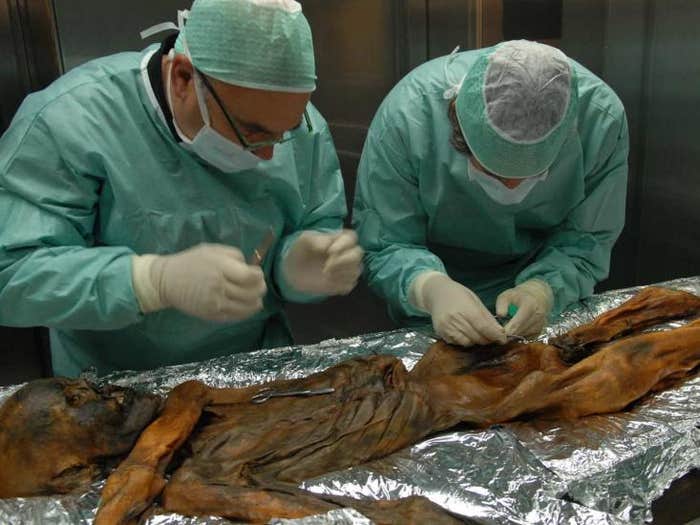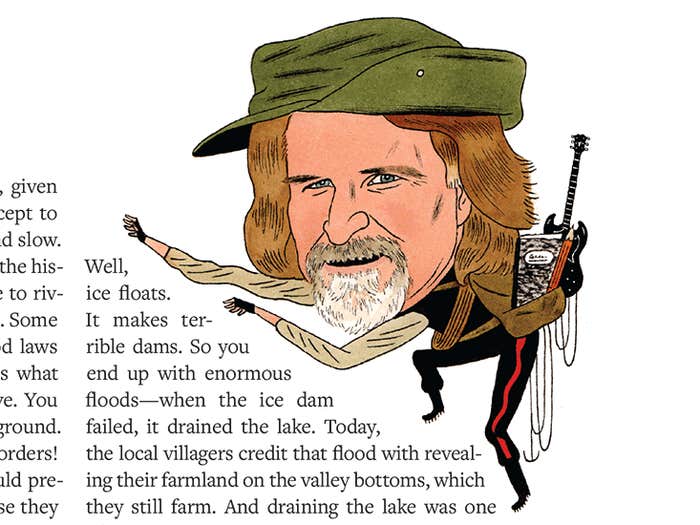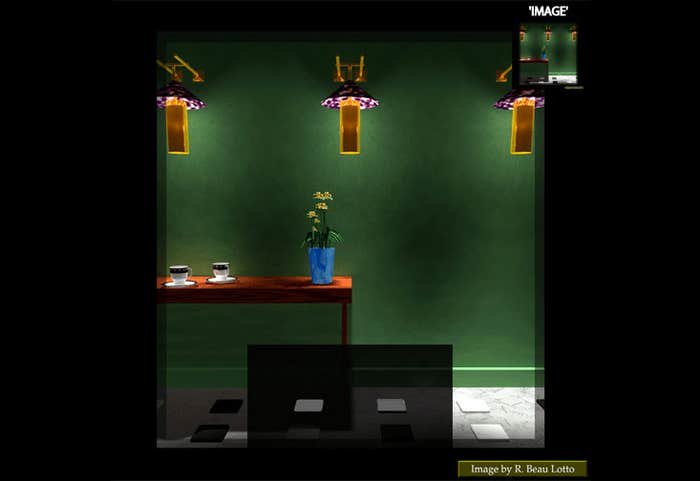Claire Cameron
How a Genius Is Different from a Really Smart Person
The most intelligent two percent of people in the world. These are the people who qualify for membership in Mensa, an exclusive international society open only to people who score at or above the 98th percentile on an IQ or other standardized intelligence test. Mensa’s mission remains the same as when it was founded in […]
How This Revolutionary Old Zoo Was Redesigned for the 21st Century
At the height of his powers in 15th century Florence, Lorenzo de Medici managed to secure a magnificent giraffe for his menagerie. The animal was such a marvel that several works of art depicted its arrival. (Just how grueling and gruesome the transit must have been to the giraffe is lost to history.) For ages, […]
Love Can Make You Smarter
Nautilus Members enjoy an ad-free experience. Log in or Join now . Love is supposed to make you stupid. We’re used to seeing the lover as a mooning fool, blind to his lover’s faults and the goings-on of the outside world, or even as a person who has lost all sense of rationality or […]
5 Ways NASA Enabled Today’s Super Bowl
The shiny silver cloaks athletes now don to keep warm on the sidelines are actually aluminized mylar, which NASA’s Echo I, the agency’s first communications satellite, sported.NASA/Goddard Space Flight Center Nautilus Members enjoy an ad-free experience. Log in or Join now . Getting us into space is NASA’s raison d’etre. But the agency’s innovations don’t […]
Personal Space Is a Fear Response
Rommel Canlas/Shutterstock Nautilus Members enjoy an ad-free experience. Log in or Join now . Edward Hall, an American anthropologist, first defined “personal space” in the mid-1900s, when he noticed that its size varied widely from culture to culture: Southern Europeans and Latin Americans, for example, were “closer talkers”, while Northern Europeans and North Americans were […]
Can We Trace the History of Human Migration Through Our Guts?
Eduard Egarter-Vigl (L) and Albert Zink (R) taking a sample from the Iceman in November 2010.EURAC/Marion Lafogler Nautilus Members enjoy an ad-free experience. Log in or Join now . In 1991, two German tourists walking an Alpine ridge, between Austria and Italy, stumbled across something shocking: a yellowed but well preserved human body, partially frozen […]
Inside the Mind of a Caricaturist
The “Caricature Generator” is a computer program that takes an image of a person’s face, finds its differences as compared to the “average” male face, and then exaggerates them in a novel rendering of the original portrait. Each face is broken up into 37 lines and 169 points—the differences come when the subject’s points don’t […]
Five Veteran Scientists Tell Us What Most Surprised Them
Fifty years ago, who knew we’d learn to clone genes and find water on Mars?
Why The World Isn’t As It Seems
Take a close look at the floor tiles in the scene below. First, focus your attention on the tile directly below the potted plant, in the shadow of the table. Then, look at the tile to the right, outside of the table. Which of these tiles is brighter? The left one? Nautilus Members enjoy an […]
How Pantone Colors Your World
Why your wardrobe is wine-hued this year.
























